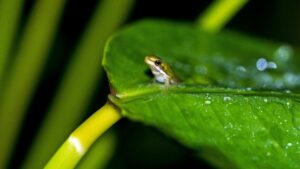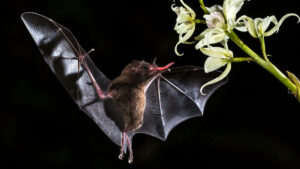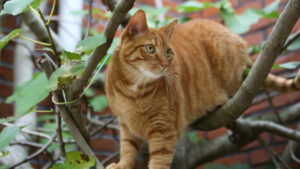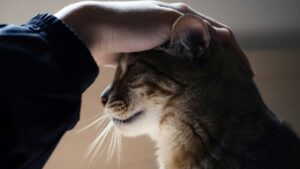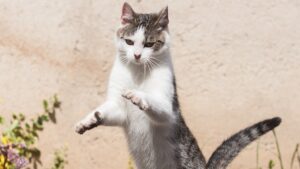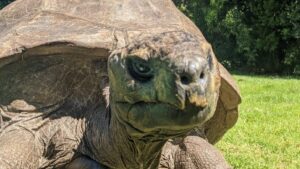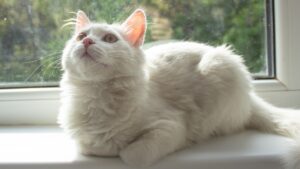As an owner of an adorable tabby cat born to a feral mother, I’m sympathetic to the plight of feral cats. However, the overpopulation of outdoor felines is a problem, wreaking havoc on birds and other wildlife around the world. Currently, euthanasia and intrusive spay surgery are the primary means of addressing the overpopulation problem. However, a single-shot birth control method recently developed by scientists could be a more humane and effective solution.
The world cat population is 600 million — mostly feral, decimating natural wildlife
The world cat population has ballooned to 600 million — and around 80% of these felines are feral. This is problematic for multiple reasons. For one, it harms the natural wildlife. In the United States alone, outdoor cats kill an estimated 1.3–4.0 billion birds and 6.3–22.3 billion mammals. There’s also the danger of the spread of disease.
Some cities have become overrun with cats, such as New York City, which has a feral population of around 500,000. The pandemic contributed to this problem, as a surge in pet adoptions soon turned into a pet abandonment issue. On top of that, it’s a harsh life for outdoor cats — with a low rate of survival. Eight out of 10 feral kittens don’t survive beyond six months.
Spaying is one way of addressing the overpopulation problem. However, this surgery is an invasive and risky procedure. Also, it’s expensive and not financially feasible to reduce the overwhelming number of outdoor felines. Sadly, euthanization is another way. In overcrowded animal shelters, euthanization rates are high.
Permanent birth control shot for cats developed by scientists

A permanent birth control method developed by scientists, though, offers a hopeful solution. It involves a one-time injection of gene therapy. Researchers recently published the results of a preliminary study for the birth control method in Nature Communications, in which six felines received the treatment.
The remarkable aspects of the birth control shot are its ease and simplicity — and how it could offer a better alternative to invasive surgery. In speaking with the New York Times, Julie Levy, a University of Florida veterinarian, said, “Wouldn’t it be great if we could send out a technician into the field to inject cats and then let them go?”
Aime Johnson, a veterinarian at Auburn University, added, “Surgery, especially in feral animals, has extensive stress and cost involved in trapping the animals, relocating them to a surgery facility, doing the surgery, holding them overnight, and then releasing them.” However, with the new birth control method, feral cats can be trapped, injected with the shot, and then released immediately.
How the birth control injection works
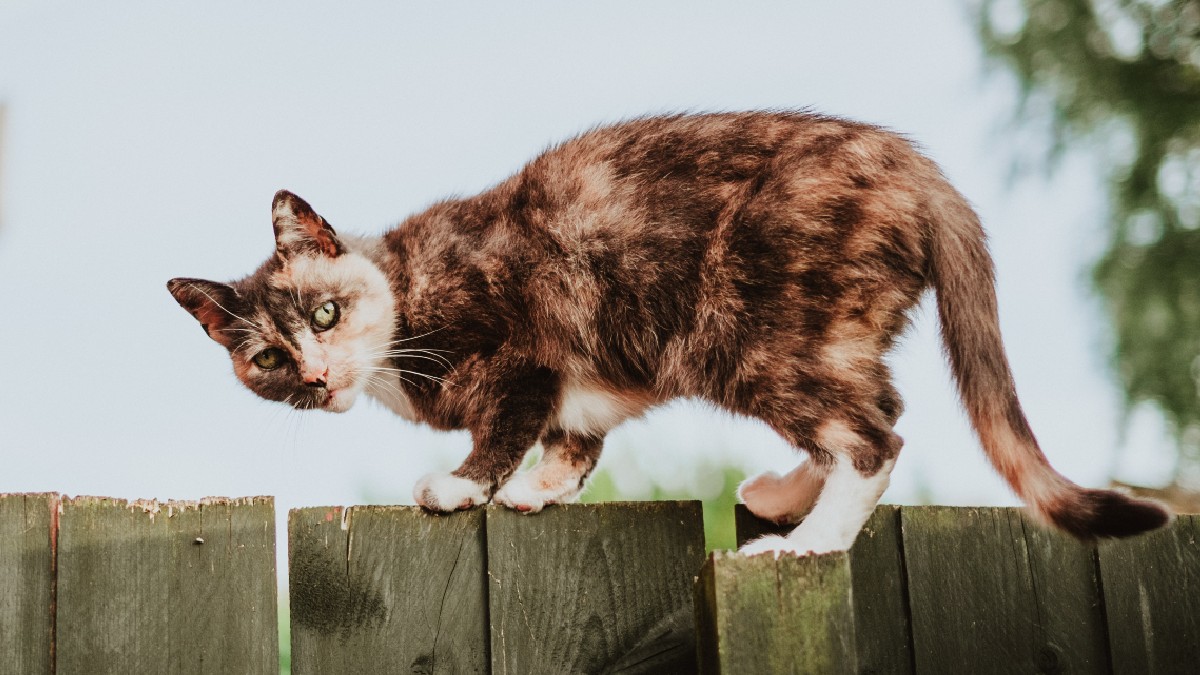
Another issue with spaying is that it must be done by a highly trained surgeon. With the limited number of veterinarians, not much progress can be made in addressing the overpopulation problem. However, the new birth control shot can be done by a layperson, resulting in a much more significant impact.
The birth control shot works by releasing genetic material into a cat. The DNA material “communicates” to the felines’ muscles, “telling” it to create a protein called the anti-Müllerian hormone. The protein then reaches 100-1,000 times the normal level, which prevents the ovaries from “maturing and releasing eggs.” In the study, as detailed by Smithsonian Magazine, none of the female cats that mated with males became pregnant.
The results of the study are promising. However, additional studies — with a larger group of cats, are needed to confirm that the new birth control injection is safe and effective.
RELATED: Mother Gorilla Bonds With Human Baby, Then Shows Her Own Child
Header image: Max Kleinen via Unsplash
I’m Mark Putzer, and my passion for animals and all things nature is a life-long love affair. Growing up in Wisconsin, I had many cherished memories of hiking, skiing, and enjoying the abundant wildlife in the Badger State.
My passion for animals led me to marine biology research for my studies at the University of Wisconsin. I researched the behavior and communication of humpback whales around Hawaii and Orca Whales around the San Juan Islands of Washington State. The experience of being close to these massive and magnificent creatures is amazing. Later, I taught outdoor education to children in California — passing along my knowledge of animals and nature to the curious minds of the next generation. I also love pets. This includes a Labrador Retriever dog named “Molly” when I was a kid — and now, an adventurous tabby cat named “Rosy.”
I’m here to share the wonders of the animal kingdom with you. Whether it’s a cherished pet at home or an animal out in the wild, there are many unique stories and interesting information to share on Weird Animal News! Enjoy!

